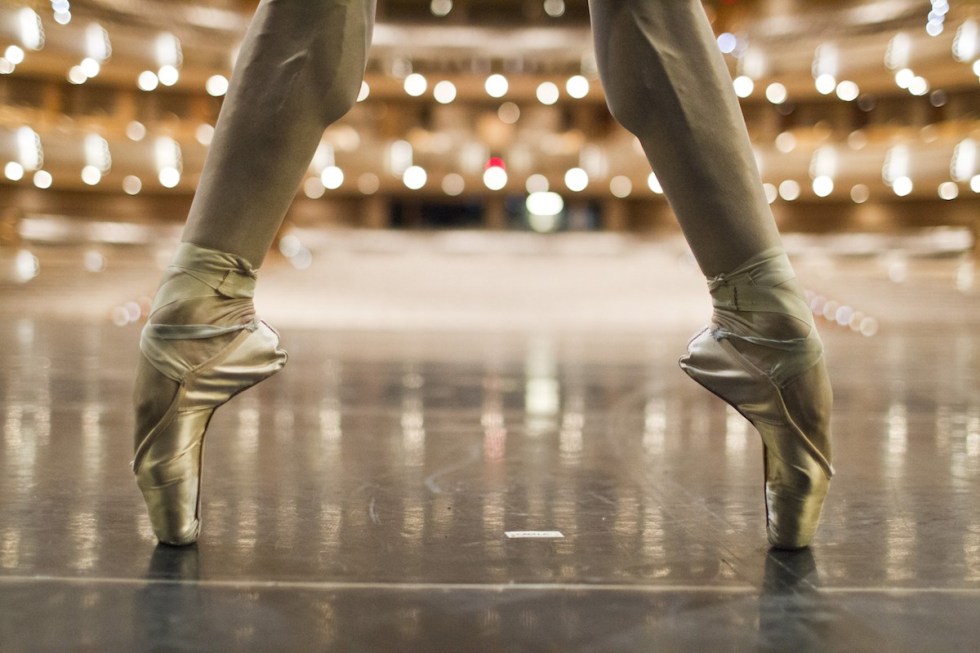
Despite the physical challenges accompanying top-notch ballet dancing, and the audience’s lust for perfection, ballerinas appear tireless, weightless and ethereal. Although years of training are required for their flawless performances, the key is found in their dancing shoes.
The satin “pointe shoes” worn by performers today have become synonymous with the art of classical dance, even though ballet was established some 200 years before them. Join us in a brief history of the evolution of pointe shoes below:

~ Louis XIV (1638-1715), who was the King of France from 1643 until his death in 1715, ordered the founding of the Académie Royale de Danse, the first dance institution in the Western world, in March 1661.
~ When women began to experiment with ballet dance as an inner expression in 1681, their only option to practice was wearing heeled shoes.
~ French dancer Marie Anne de Cupis de Camargo (1710-1770), more widely known as “La Camargo,” was one of the first female artists to wear non-heeled shoes (slippers) while dancing. She was also known for being the first ballerina to exceptionally execute the “entrechat quatre” ballet movement as well as the one to popularize the habit of wearing short calf-length skirts and tights during practice.
~ The French Revolution inaugurated a new area for ballerinas freeing them from wearing heels while dancing.
~ The predecessors of the modern pointe shoes as we know them today were tied to the dancers’ feet with ribbons while they had pleats under the toes to enable greater freedom of movement.
~ In 1795, French dancer Charles-Louis Didelot (1767-1837) invented the “flying machine.” With the aid of wires, this brilliant invention created the illusion of weightlessness encouraging ballet dancers to pose on their toes before leaving the ground.
~ Swedish ballet dancer Marie Taglioni (1804-1884), one of the most celebrated ballerinas of the Romantic ballet area, is considered as the first artist to dance “en pointe” during “La Sylphide.”
~ During “La Sylphide” performance, Taglioni wore modified satin slippers with no toe support and leather soles.
~ Because of the extreme rigidness of her feet, Russian prima ballerina Anna Pavlova (1881-1931) was the first to insert toughened hardwood soles into her shoes. Pavlova also flattened and hardened the toe area to form a “box,” giving a particular form to her pointe shoes. One can nowadays read inside Margot Fonteyn’s biography: “Pavlova did not like the way her invention looked in photographs, so she would remove it or have the photographs altered so that it appeared she was using a normal pointe shoe.”

You can watch how ballet pointe shoes are made in the video below:

